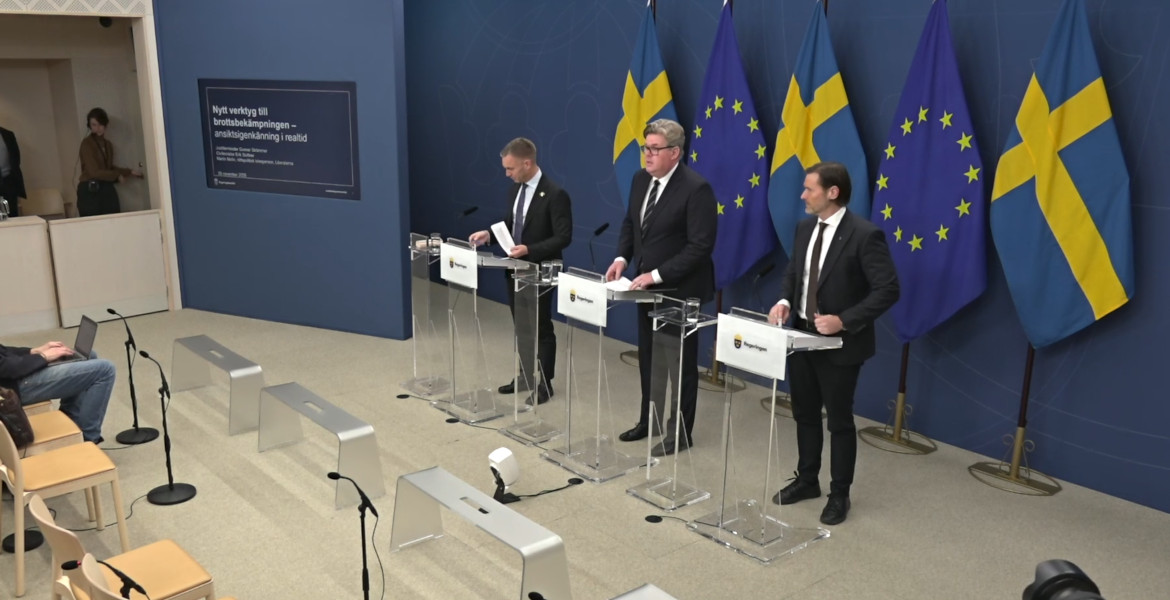Swedish Prosecutor Karolina Wieslander announces that the previously closed preliminary investigation into the sinking of the M/S Estonia will not be reopened. Nor will a new preliminary investigation be initiated.
"In November 2020, the Swedish Prosecution Authority received a request to reopen the closed preliminary investigation into whether a crime has been committed in connection with the sinking of the Estonia, or to open a new one, as new circumstances have emerged. The request referred to information in a television documentary showing holes in the ship's hull. Since then, several similar requests have been received", the prosecutor writes in a press release.
With reference to the new information, the Estonian Safety Investigation Authority decided to initiate a preliminary assessment - assisted by Swedish and Finnish authorities.
– Based on the actions of the investigation authorities, there is no indication that there was a collision with a ship or a floating object, nor an explosion in the bow, Wieslander said.
No suspicion of crime
– Nor has anything else emerged that gives reason to assume that a crime has been committed. The additional measures planned by the investigating authorities are not expected to affect my assessment. Consequently, a preliminary investigation will not be initiated and the case will be closed, the prosecutor continues.
The Estonia investigation was originally closed in 1997 - soon after the sinking. In 1999, the Prosecutor General decided not to reopen it, as the crimes covered by the preliminary investigation were then time-barred. His decision was requested to be reconsidered, but was upheld the following year.
During the filming of the documentary Estonia - the find that changed everything, a large hole was discovered in the Estonia's hull, and it is still unclear what caused this.




